|
Getting your Trinity Audio player ready...
|
By Sharon Kiburi
Nairobi, Kenya: A recent report published on 26th January 2022 by Women in News organization on Africa shows the prevalence of sexual harassment in the media. Women and gender non-conforming media professionals are 3-to-4 times more likely to experience sexual harassment than men. 80% of the harassment cases are not reported to the management.
3 out of 4 executives interviewed in the report do not think sexual harassment is an issue despite the prevalence reported and their own experience. Moreover, the report shows that, on average, 40% of women media professionals have experienced verbal or physical sexual harassment in the workplace. Yet only 1 in 5 reported the incident. Though less prevalent, men have not been spared, with an average of 12% experiencing verbal and/or physical harassment. On average, 30% of media professionals experienced verbal and/or physical harassment.
TalkAfrica setout to find some media personalities to hear some of their experiences on harassment.
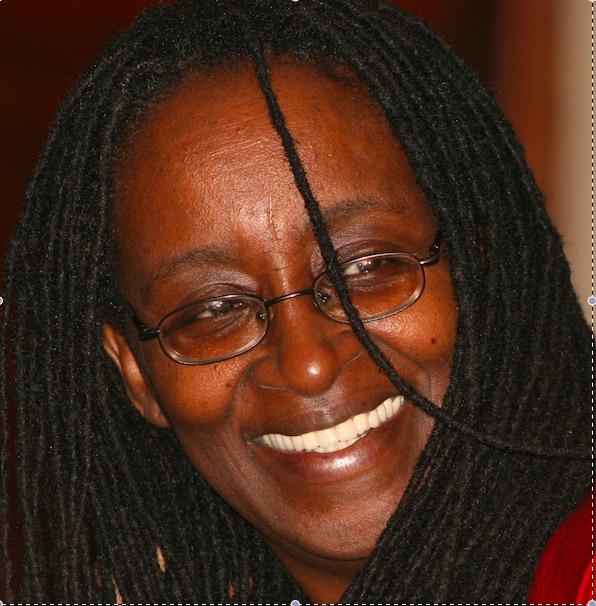
We caught up with one phenomenal journalist, Catherine Gicheru who has been a the forefront in figting for gender parity and has raised her voice against sexual harassment in the Newsrooms.
Gicheru is the founder of the Africa Women Journalism Project (AWJP), among many other initiatives, is a driving force behind; innovative storytelling, investigative journalism, fact-checking and cross-border reporting on underreported issues. She is a trailblazer in Kenyan journalism, she has built networks of female journalists who have become innovators in their newsrooms, bringing new techniques and diverse voices to news coverage.
Gicheru says sexual harassment is still prevalent in many news organizations, despite well-intended policies aimed at making newsrooms a safe space for women journalists.
“Unfortunately, many media companies only say they care about gender equality and point to well-written policy documents to prove it. At the same time, they do not implement these policies!” says Gicheru.
Adding “It’s disheartening that women still make up less than half of the workforce and consume less than half of the content, decades after the Universal Declaration of Human Rights, adopted by the UN General Assembly on December 10, 1948, made gender equality part of international human rights law” she says.
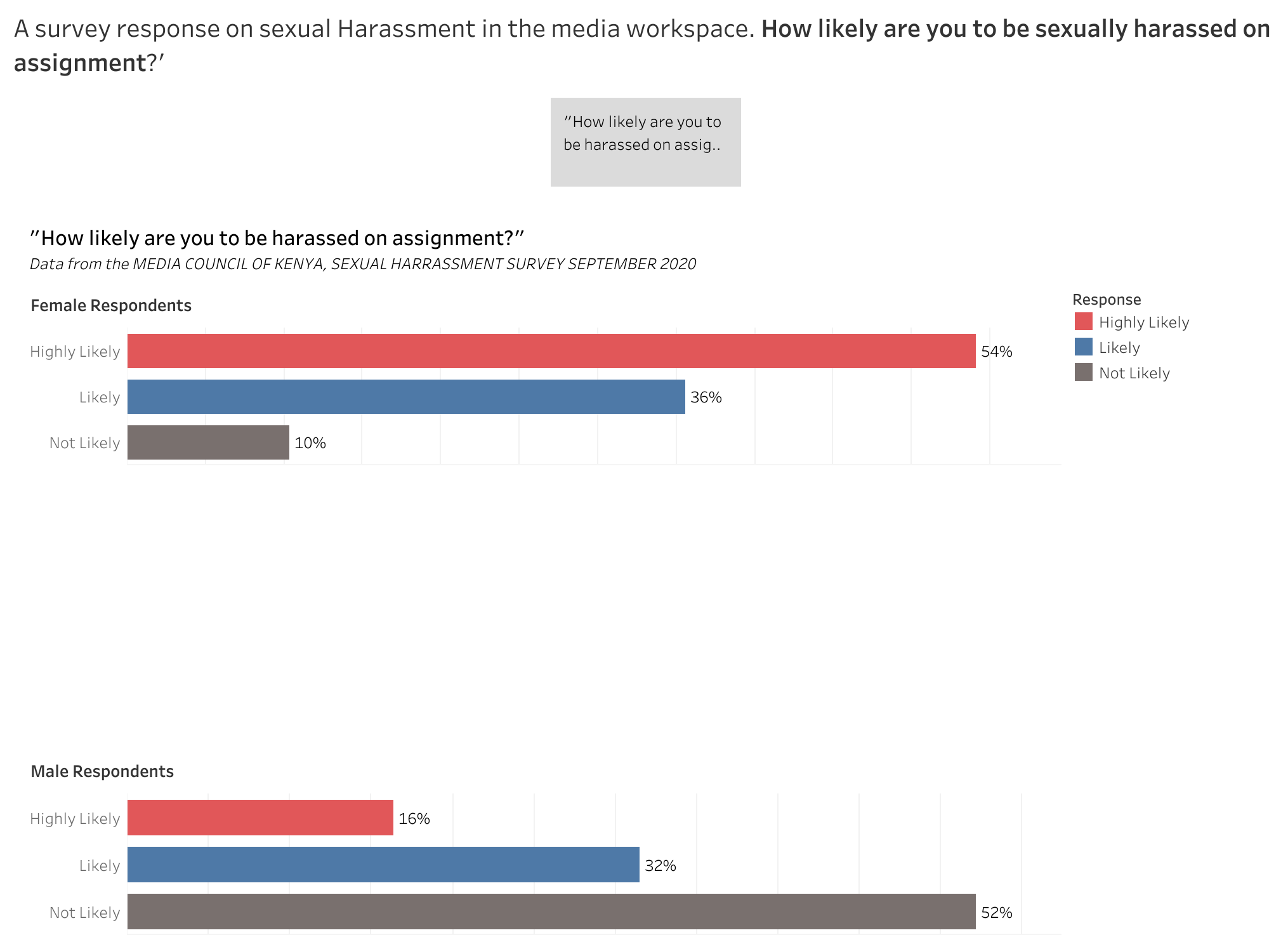
“This is reflected in how women are portrayed in the media, who gets quoted, and what makes the news,” says Gicheru.
Saying “Women journalists are expected to deal with sexual harassment in the newsroom which is one of the main reasons women journalists leave the profession, as well as issues of threats, intimidation, and other forms of online and physical violence” Gicheru explains.
This has had a chilling effect on female journalists, with many avoiding participation in these online spaces in order to protect themselves and their families from such attacks.
“Most news organizations are hesitant to defend female journalists who face online harassment,” Gicheru said.
Gicheru states that the sexualization of television women journalists/anchors particularly those considered to have “high” sex appeal. Many are judged by how they are dressed with open blouses, tight-fitting skirts and dresses that accentuate their phisycal features. This reinforces the trope that women are there to be seen and not heard! To achieve gender equality, we must put an end to sexism and sexist stereotyping in the media and elsewhere.
“News organizations must also provide the necessary support and training to retain and advance women C-suite positions.” It is extremely discouraging that men hold more than 70% of newsroom management jobs in the majority of countries, while women hold only 27%. This can be changed by presenting content that questions traditional social and cultural norms and attitudes; by showing women in leadership roles and as experts on a variety of topics on a daily basis, rather than as an exception; and by increasing the number of women making content decisions. The media can do more to create gender-sensitive and gender-transformative content and break gender stereotypes,” Gicheru stated.
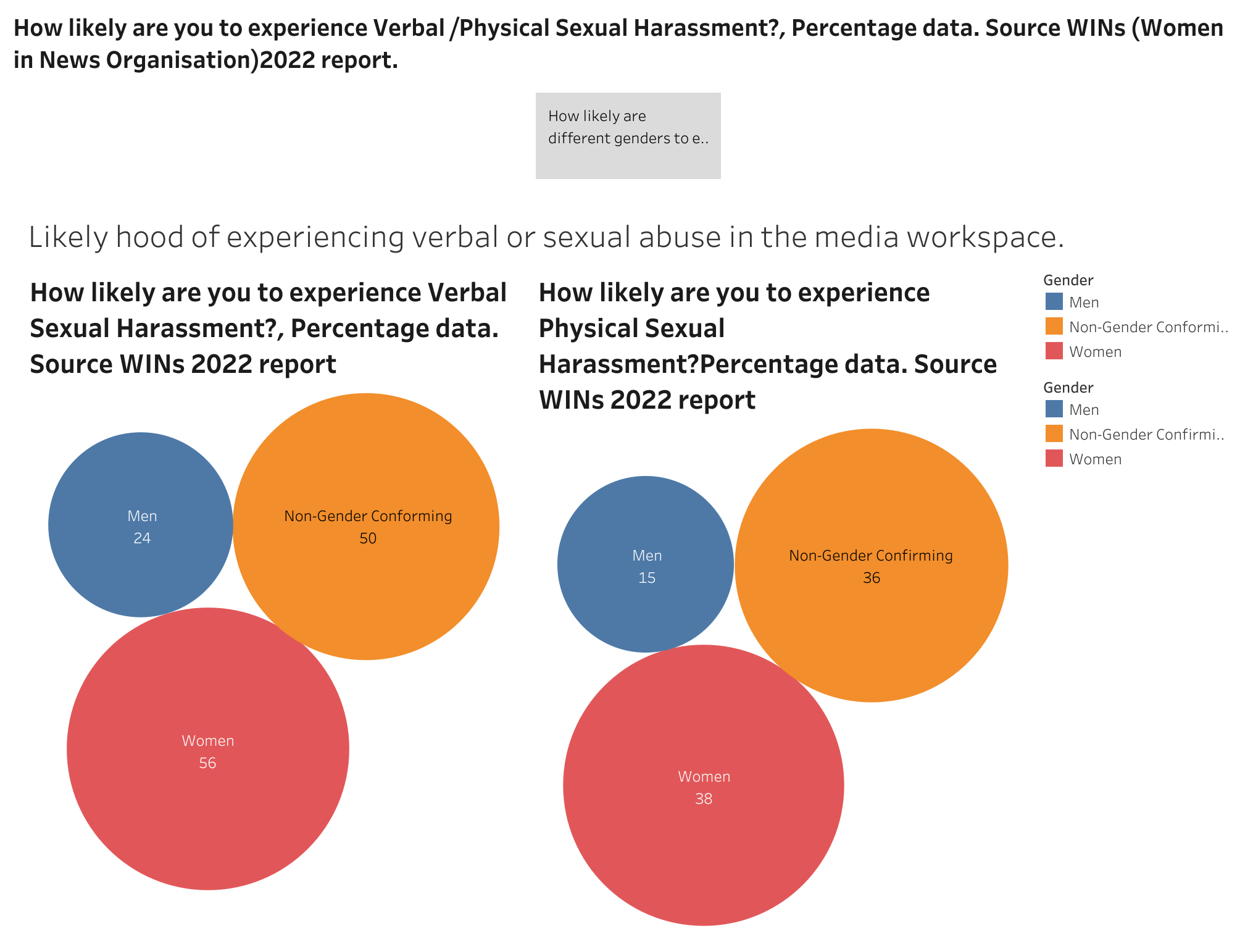
Influenced by culture, traditions, and attitudes, the media tends to perpetuate the gender inequality that exists in our societies. Whether heard, read, or seen in newspapers, television, or radio news, how women have represented impacts how children perceive gender.
According to the 2020 global media monitoring project report (2020 GMMP), women account for only 24% of those heard, read about, or seen in newspaper, television, and radio news. The majority of the news stories presented reinforce gender stereotypes (+ 70%), while only a small percentage less than 5% challenge gender stereotypes.
Mary Mwendwa is a freelance journalist and the chief editor at Talk Africa, an online publication owned by the Association of Freelance Journalists Network in Kenya.
“My journalism work history dates back to the early two thousand when I was a radio presenter and programs producer. Later I transitioned into print journalism news features focused on impactful development stories. I felt radio was quite limiting in terms of audience size and dynamics,” says Mwendwa.
Mwendwa narrates her experience with gender discrimination in the workplace “I experienced gender strive at work with clear, deliberate efforts to sabotage my work. Despite the organization having a female at the helm of affairs, male bosses in managerial positions frustrated the female colleagues” she says.
“As a female journalist, I was exposed to gender biases that made working strenuously nearly impossible. When the excitement of being a fresh journalist radio presenter wore off, I began finding my footing and specialization in the media space. I started to notice the discrimination and frustration from a male boss who made the work environment difficult for fellow ladies to excel and grow in the particular work environment,” explains Mwendwa.

Mwendwa narrates how her immediate male supervisor had many complaints made about him by other ladies besides herself with some of the ladies opting just to resign.
“I stuck it out for a while as endless conflicts with my immediate supervisor had little to do with my work performance.The harassment was not sexual, but it undermined and diminished my work efforts. The situation became terrible, and it grabbed the attention of the station director, who was a female. As we sat to discuss the source of the conflicts and the best way to resolve them with the Director as the mediator, she failed to pinpoint the alleged substantial issue the supervisor had against my work performance beyond toxic male masculinity. The seat down did not result in to change in the work environment. I was frustrated and decided to resign, pivoting my career into freelance journalism,” explains Mwendwa.
The radio station Mwendwa worked in was a Christian radio station that was confined into a region range outreach. Driven by the need for her work to have a more significant impact and to get away from the unfriendly limiting workspace her immediate supervisor had created, the time was ripe for a transition.
“I wished to spread my wing to a bigger audience locally and internationally with detailed news features. After the transition, I have seen my work published in international organizations such as Aljazeera, the Mirror, the New Humanitarian, Swara Magazine, Talk Africa, and locally published at the Stanard media newspaper, the star newspaper just to mention but a few,” she says.
“The environment we grew up in could limit our worldview and approach. It is vital for a journalist to evaluate their driving motives to enable balance constantly and correct perspective, particularly in issues to do with gender neutrality,” says Mwendwa.
Adding “Several issues could slow down the career of female journalists that do not affect their male counterparts, in the same manner, they could be biological, gender duty roles, and societal expectations; hence there is a need to keenly support and develop female journalists in their career paths both at work and home environs” she advices.
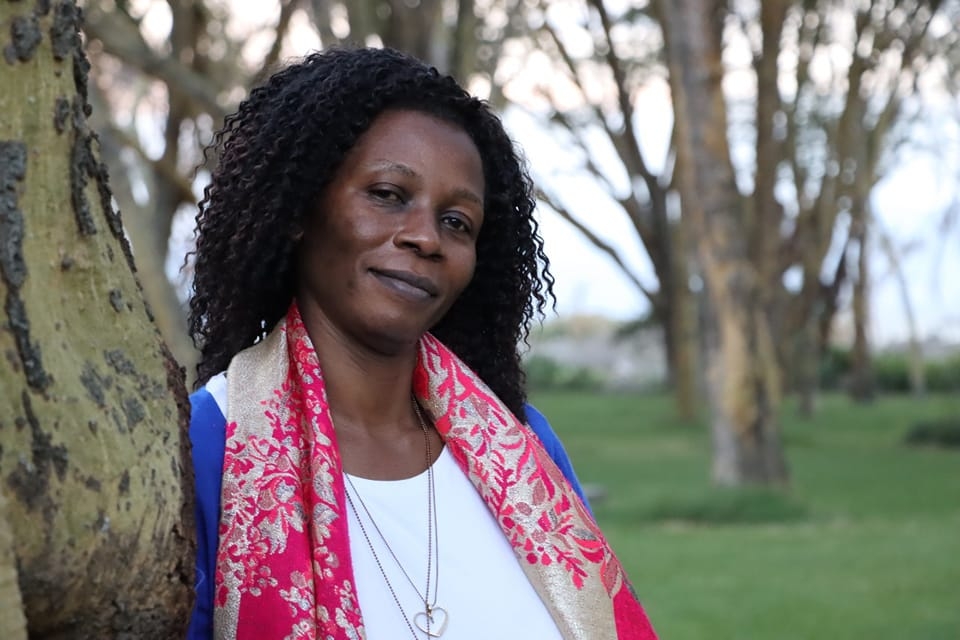
Mwendwa says the media industry in Kenya is opening up to leadership positions taken by both males and females. However, the number of females in crucial decision-making positions in the media is disproportionately low compared to their male counterparts.
Gender biases in either duty allocations and opportunities presentation between males and females have a long way to be realized. The good thing is the journey has begun some media networks and main streams media houses are making deliberate actions towards policy development and implementation.
Gender inequality gaps experienced in the technology field remain a substantial mobile gender gap across low- and middle-income countries (LMICs). Over 300 million fewer women than men access the internet on mobile, and women are 8% less likely than men to own a mobile phone. But the mobile internet gender gap is narrowing in LMICs. Although women remain 20% less likely than men to use mobile internet, this represents a reduction from 27% in 2017, and 54% of women now use mobile internet, as presented in the 2020 GSMA Mobile gender gap report.
Meet Leonida Mutuku, founder of INTELIPRO which aids businesses to make smart decisions with artificial intelligence information and a Research Strategist.
“I was always fascinated with technology from an early age however, I took it for granted until I started working with the iHub in 2010, where I got to interact with innovative entrepreneurs building amazing technologies” she says.
Having a data-oriented background, Mutuku became fascinated by traditional statistics and new technologies like Machine Learning and AI, how it can be used together to better understand the world around us and develop solutions that can enable a quality life.
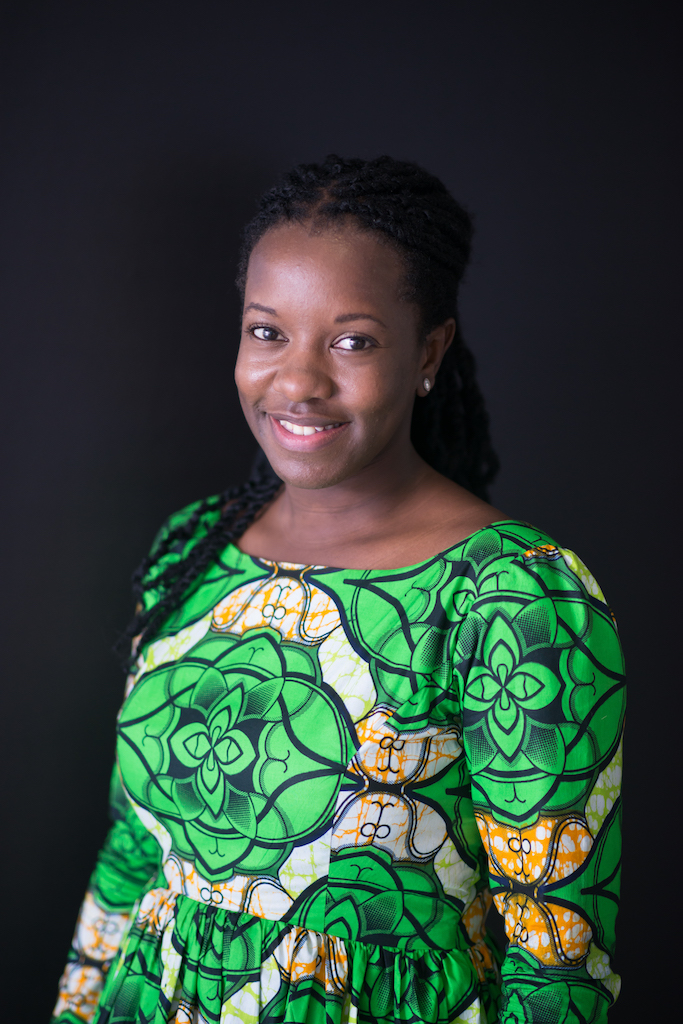
Being in a male-dominated field and thriving, Mutuku tells me of some of the edges that enabled her to be a key player in the tech space.
“My mother gifted me my first computer at the age of six years. I have been privileged to access technological devices/internet and the endless possibility it accords since childhood. I have also worked closely with technology entrepreneurs in the Kenyan ecosystem at the iHub lab. The various partnerships, consulting work, and clients have aided further my work and impact in the ICT sector. Technology has opened my eyes to the limitless possibilities of transforming people’s lives ” says Mutuku.
Mutuku details a general gender gap regarding access to digital technologies in developing countries “Various factors, including education levels, cost of acquisition of devices, the cost of access to the internet, and the lifestyle of the average woman, for instance, most females might only get time to use their mobile phones and computers in the evenings after work or caring for families. Constructed societal gender expected roles and responsibilities have most women at a disadvantage compared to men,” she urges.
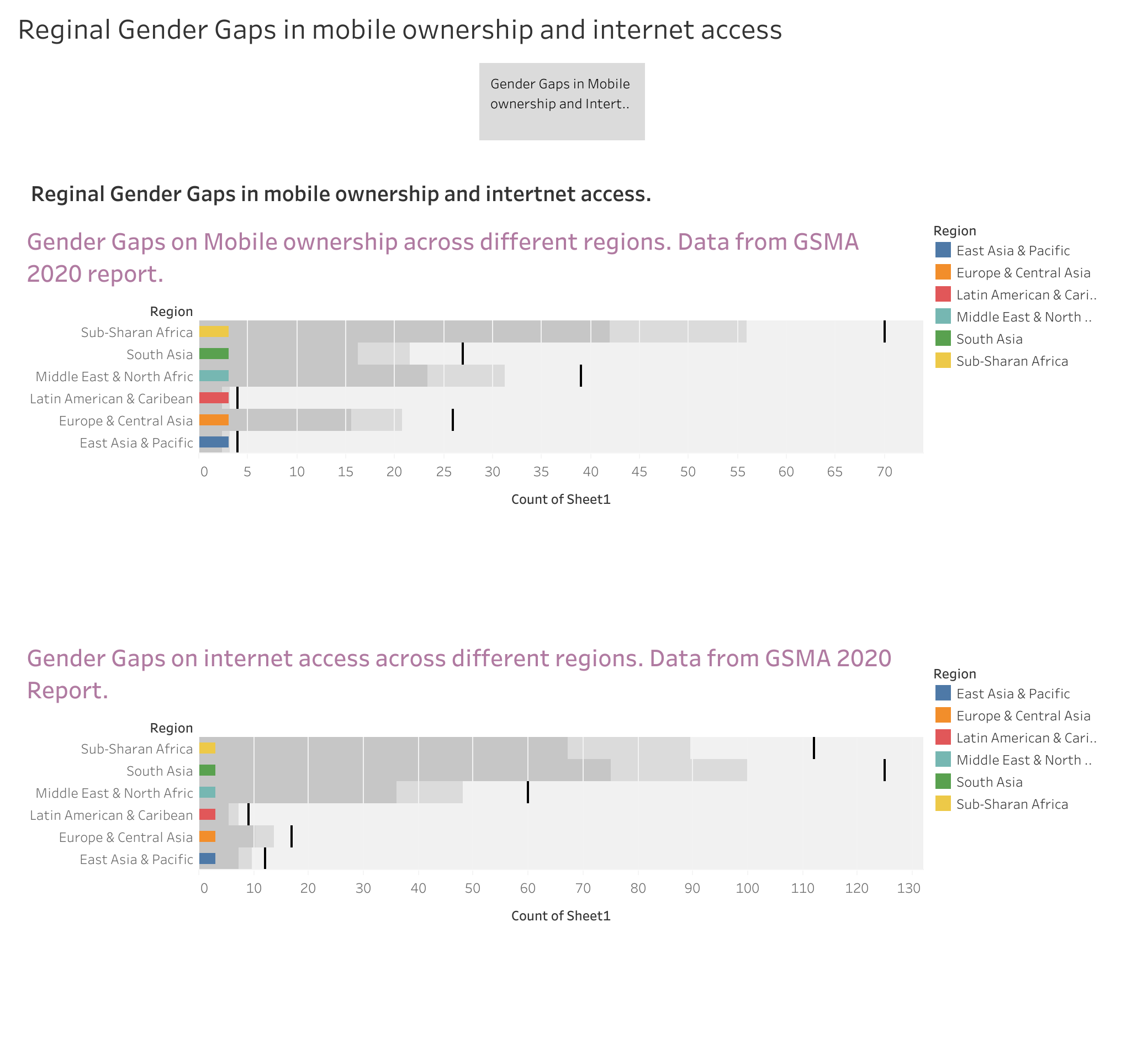
However, Leonida says it is not all gloom “There are several initiatives targeting and trying to train young women and girls and equip them with ICT skills. A good example is Akira Chix, that runs a boot camp each year. However, if we get more women to participate in the ICT sector, and STEM it is important to actively create access to opportunities in the ICT sector for women and girls. For instance, consciously hiring more women, ubiquitous inclusion of ICTs throughout schools and education curriculum, mentoring young girls, creating a conducive work environment in the tech sector, and creating spaces for women to network with other women in the tech sector – are some of the ways to get more work working in the technology space” she explains.
In the hope of being an example of what is possible, Leonida emphasized the immense importance of having access to computers and the internet. She got at an early age clear path for her to excel in a novel field of data science. She was also included in the Forbes Africa 30 Under 30 in Technology in 2018 and 2019 Most Influential Young Kenya, an achievement she is proud of.
While it is alleged that there’s Gender gap in earning between female and male conterparts in media, according to the International Labour Organisation (ILO) report in Kenya, it shows an insignificant difference.

Gender gaps in the labour force for Kenya according to the
Victor Ackel is a Human resources (HR) specialist with over 15 years of professional experience in senior management and Leadership roles with an International Humanitarian Organization.
“My work experience spans across the region and beyond, working with colleagues from around the globe. Besides working as an HR professional, I consider myself a humanitarian at heart as my professional life has been in that sector over the past 21 years,” says Ackel.
Ackel’s gender equality is just one lens on the area/topic around diversity which is an essential aspect that most employers consider. The staffing strategies in place today emphasize gender balance where equal opportunity is foreseen to ensure that this balance is maintained.
“The value or preference of one gender over another based on the nature and type of job or task is no longer considered relevant, and this has changed and positively promoted the discussion’s on gender equity. Roles are more dynamic today as the job market is diverse and competitive, skills across the gender divide have improved due to access to education, learning, training and there is a cultural shift happening that people start to consider jobs and opportunities which were not available or foreseen before especially in countries from the Global South,” adds Ackel.
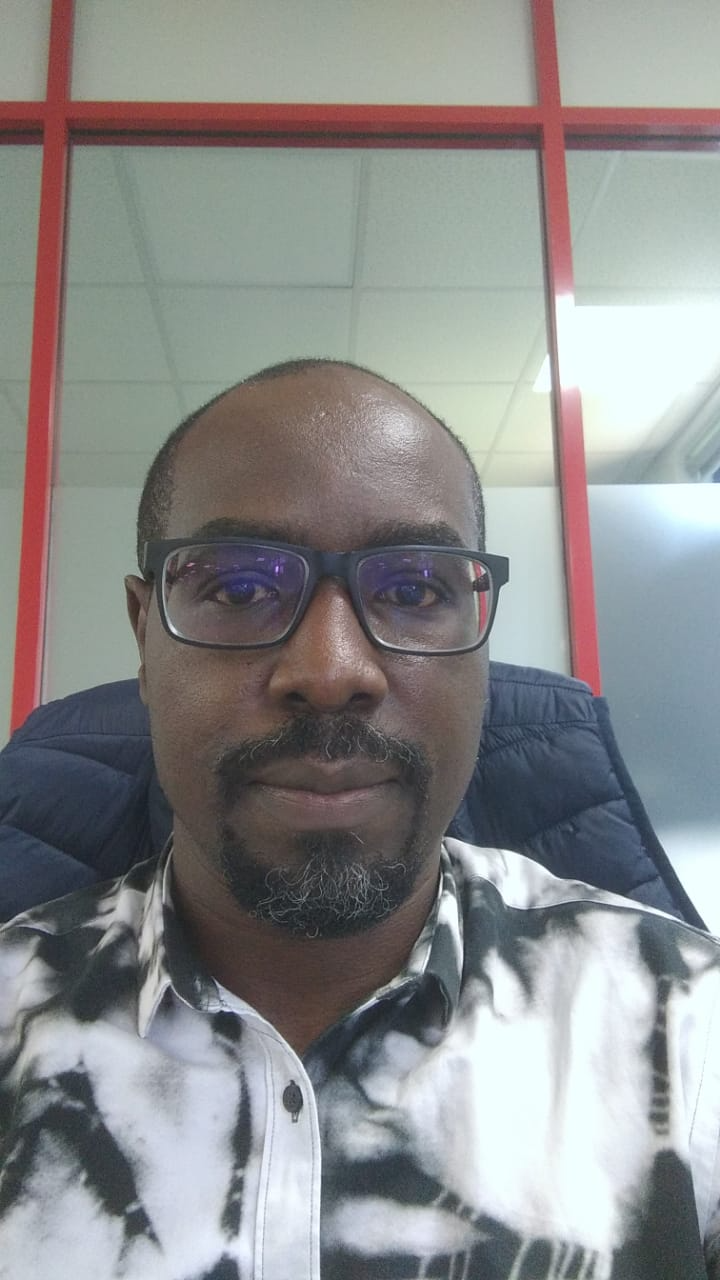
Adding, that many organizations and institutions are more transparent and clear on gender equality, going as far as taking affirmative action measures to ensure that beyond policy and practice, there is a proactive move to ensure that this change is taking place. With the shift towards working in a more global space today due to trends including technology, globalization, and more recently, the impact of COVID-19, amongst other events, has seen the gender balance shifting even more.
Moreover, some of the contributing factors to gender inequality range’s from personal to organizational practices and culture, as well as the environment and social ecosystem, which plays a role in perception concerning issues of gender among others.
“Leadership and management contribute immensely towards steering an organization in a certain direction. Gender can be considered a priority area by management, and this could drive the agenda, inform and influence how much further it can go or stall. Where there’s no foreseen structure, policy, and influence by management towards this direction, inequalities will arise and exist, making it difficult to change after that as the organizational culture will be developed that does not promote gender equity,” says Ackel.
Victor recommends any responsible employer must have a clear code of ethics and regulations which directly addresses all matters related to any form of inequity, discrimination, and inappropriate behavior. This should address sexism, unequal pay, and sexual harassment issues that may contribute to gender inequality where no mechanisms and structures exist.
The mechanisms should ensure clear policies and practices to promote a conducive work environment and a safe space to report and address sensitive issues. The management should prioritize and actively implement the mechanism for gender equality.
This work was produced as a result of a Data Fellowship by Tableau and Equal Measure 2030.














